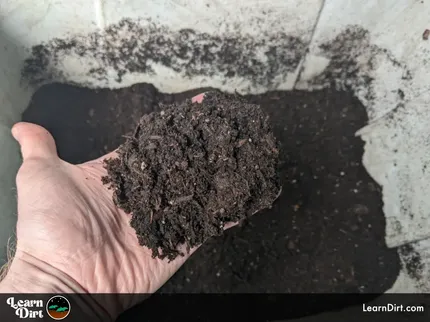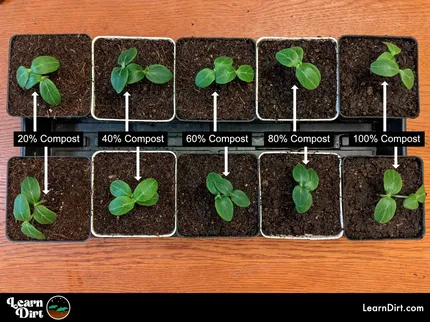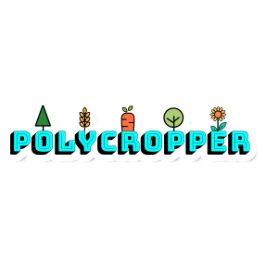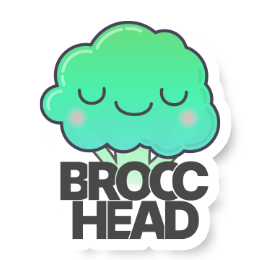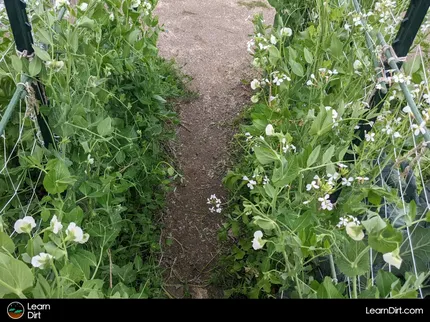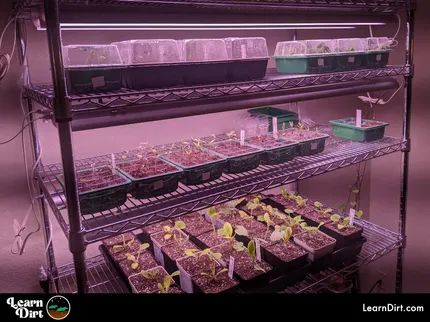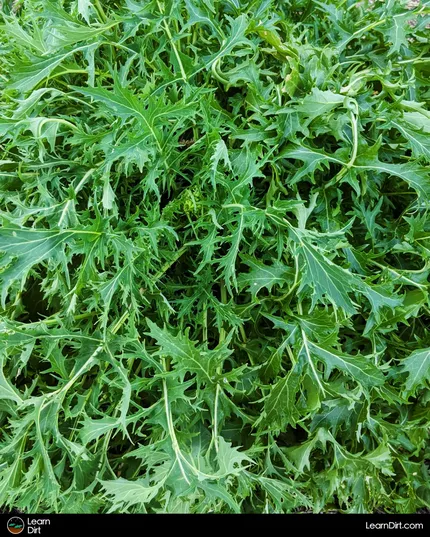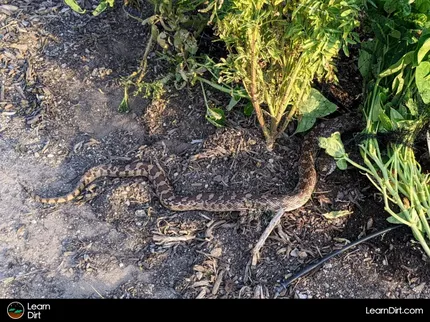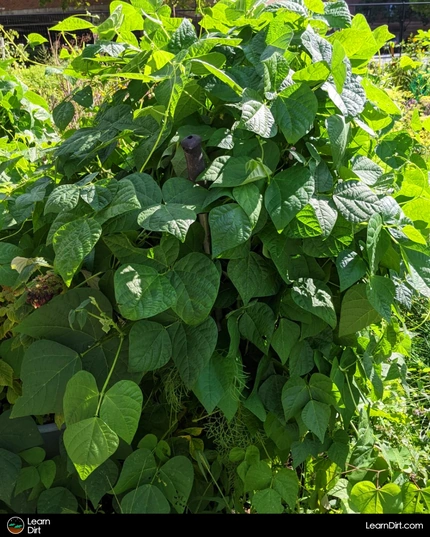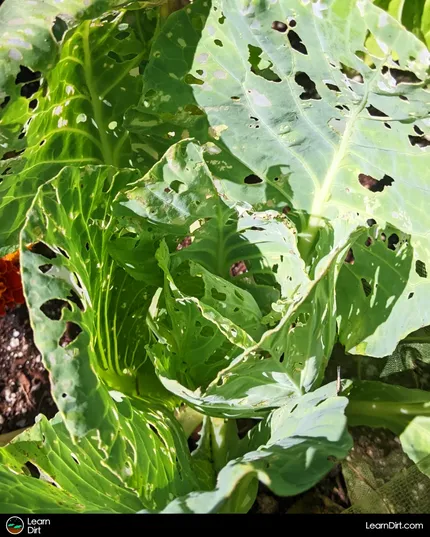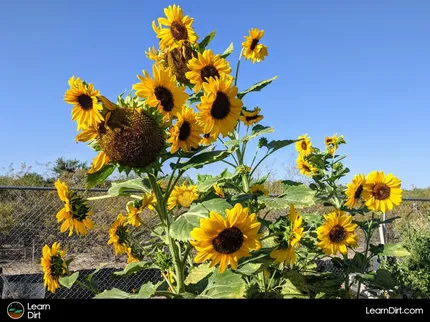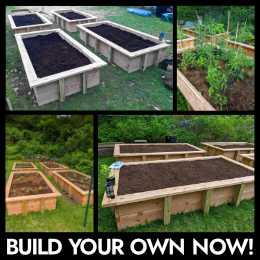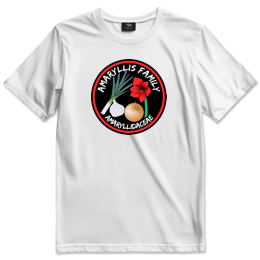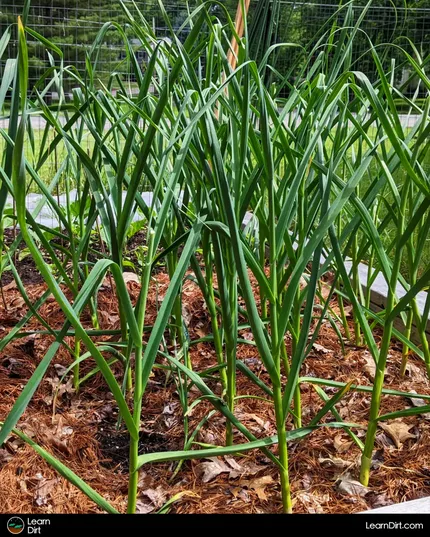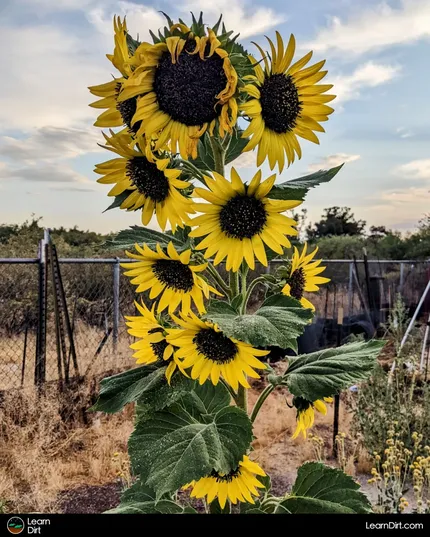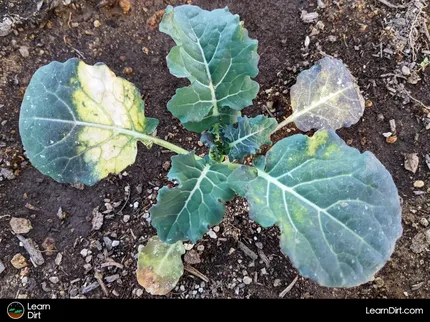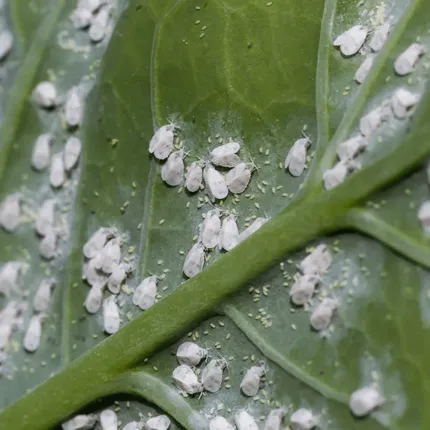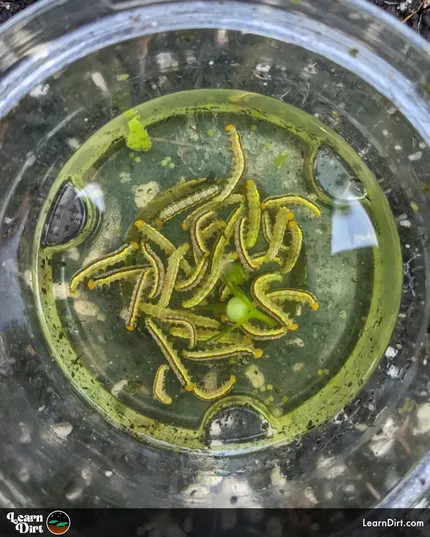Table of Contents
- What's Soil Comprised Of?
- Why is Soil Organic Matter Content Important?
- How is Soil Organic Matter Content Measured?
- How to Increase Organic Matter in Soil
* Our articles never contain AI-generated slop *
What exactly is soil organic matter content (SOM), and why is it so important for gardeners to understand? Let's talk about it.
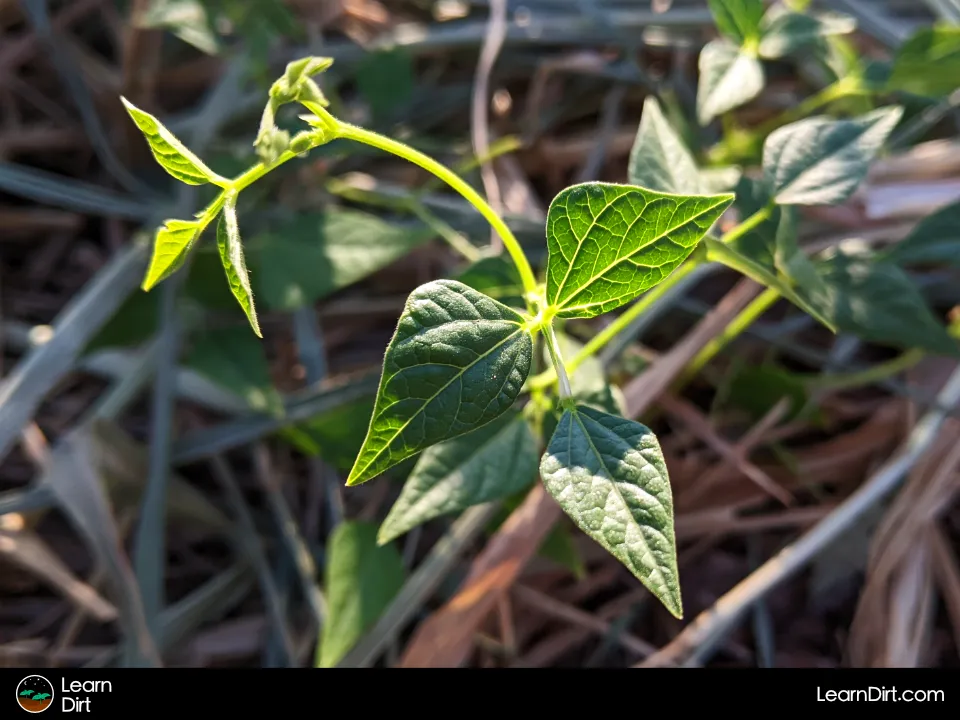
What's Soil Comprised Of?
The largest portion of soil is comprised of minerals and trace elements.
Behind that, water and air both share second place for the next-largest portions of soil composition.
Disclaimer: This post may contain affiliate links. Refer to the privacy policy for more information.
Finally, organic matter comprises an average of about 5% of soil - though this varies widely based on soil quality. This is what we're interested in for the purpose of this article.
Soil organic matter is made up of decomposing plant and animal residues, microbial biomass, and stable humus.
Check out our article on Components of Soil to learn more about all the stuff there is in dirt.
Why is Soil Organic Matter Content Important?
Organic matter is the cornerstone of healthy soil.
SOM plays a crucial role in soil fertility, providing structure, water retention, drainage, nutrient cycling, carbon storage, microbial habitat, soil biodiversity, and more.
Organic matter content helps to stabilize soil and increase its resiliency against a variety of environmental conditions.
Join The Grower's Community
Looking for a place to meet growers,
ask questions, share knowledge, be heard,
and feel like you belong? 🌱
Check It Out!
How is Soil Organic Matter Content Measured?
The simplest way to get your soil organic matter content tested is with an inexpensive test kit like this one.
Take a few samples around your garden at varying depths, mix all the samples together to get a good representative average, and send the sample in to the lab by following the test kit instruction.
A soil core sampler can make collector soil samples easier for testing, because it can pull a deep sample without disturbing your plants or soil much.
An online report is provided which will contain a full analysis of your soil nutrients and composition, including your SOM percentage.
If you need a larger volume of tests to be run across a greater area, consider some of the following test options:
- For quick in-field assessment:
- Colorimetric Testing
- For market gardeners and smaller farmers:
- Loss-on-Ignition Method (LOI)
- Walkley-Black Method (Wet Combustion)
- For studying biological soil health:
- Soil Respiration Testing
- For increased precision:
- Dry Combustion (CHN Analyzer)
- Near-Infrared Reflectance Spectroscopy (NIRS)
- For larger-scale monitoring:
- Remote Sensing and Imaging (Satellite or Drone-based reflectance and spectral analysis)
We won't go into more detail on these methods as they're outside the scope of what home gardeners will need, but if you're growing at larger scales or require increased precision it may be worth learning which of these methods matches your use case.
For almost all home gardeners, though, the simple soil test kit is enough.
Remember to test your soil at least once a year so you can understand how it's changing over time and the effect that your soil-building efforts are having on the organic matter percentage in your soil.
If your SOM is decreasing over time, that's a cause for concern. If it's increasing, you're doing something right, keep it up.
How to Increase Organic Matter in Soil
Low or No Tillage
Heavy tillage exposes the delicate soil microbiome, killing beneficial bacteria and fungi, breaking up mycorrhizal networks, negatively affecting soil structure, and making worms and helpful grubs easy pickins for birds and other predators.
Tillage also results in the volatilization and off-gassing of carbon and nitrogen from soil, reducing soil organic matter content and fertility.
Additionally, tillage disturbs root networks which form a barrier against erosion. This can make your soils more susceptible to both wind and water erosion resuling in loss of organic matter.
To learn more about the problems with tillage and how to adopt a no-till methodology in your garden, check out our No-Till Guide.
Cover Crops
Cover crops are crops which are specifically grown for soil improvement.
In some cases this is for soil compaction or for nutrient scavenging, but even these crops can be chopped and dropped in place in order to increase soil organic matter content.
In many other cases, cover crops are specifically grown for chop and drop to provide organic biomass which is mulched with and breaks down to increase SOM.
Some covers are grown to power compost systems, cut down and added to bulk up compost which is later applied to gardens and fields to increase organic matter content.
In still other cases, crovers are grown as forage for livestock which convert the crops into manures.
These manures are then dropped in place where they improve SOM directly, or composted and then applied to soils later for the same effect.
In any of these cases, cover crops are pulling carbon (and sometimes also nitrogen) directly from the atmosphere and sequestering it in their biomass, which is then broken down into soil through whatever means you choose.
All of these methods utilize plants to increase the soil organic matter content (SOM) of the soil over time.
Dig Cool Merch?
That's all for now, thanks for reading!
If you have any questions, comments, or would like to connect with fellow gardeners, head on over to the forum and post there.

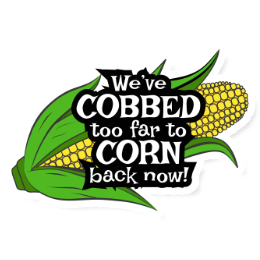
![Don't Till Away Your Carbon [Neon]](/media/product_images/dont-till-away-your-carbon-[neon]_sticker_260x260.png)

